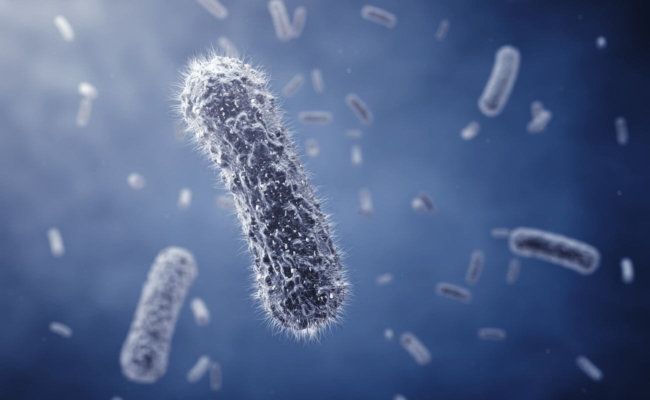
According to the editors of the journal Nature, a team of geneticists from Harvard University have managed to turn E. coli into a kind of biological computer. On the basis of bacteria even created a logical framework, the role of electrical signals in which was performed by RNA molecules.
It is worth saying that the creation of biological computers, scientists are engaged in quite a long time. Already managed to create a lot of computers based on DNA. Moreover, the US has already successfully “compiled” the biocomputer combines bacteria of different strains. But despite all the successes in this field, DNA computers, there is one drawback. Everyone involved in the process, strands of DNA performing a well defined function. That is, without changing the structure of the DNA molecule to make a biological computer to perform a new action will come. Therefore, to date, scientists have collected simple biocomputers that performs one logical operation per clock.
Experts from Harvard have gone a different way. Instead of DNA, they used a short RNA molecules. This approach allowed them to create a human computer, able to perform all the functions of semiconductor processors. RNA molecules of bacteria are in the form of pins. These “pins” will change shape when they are joined by another RNA molecule with the appropriate set of pins. Form the RNA determines whether a ribosome to read it and assemble a protein molecule that causes the cell to apply a certain signal. Combining different types of “pins” at the ends of RNA molecules, it is possible to achieve different output signals, respectively, to create the analogues of logic elements of semiconductor circuits. Scientists from Harvard have created several generic computational blocks of RNA molecules, capable of handling all four basic logic operations and test any Boolean expression. Then, making sure that it works, they have combined a few blocks in from 444 units, performing 12 logical operations and manufacturing five different chemical signals. As one of the authors Kim Jongmin,
“We even managed to incorporate two independent from each other logical unit in one bacteria that secrete two different types of fluorescent proteins. This opens the way for the creation of biosensors, fit entirely in one cell. In addition, such a system is easy to transplant and other types of microbes”.
Such biocomputers can be used for observing the processes taking place inside living cells, as well as to create sensors for monitoring human health.
Based on materials of RIA “news”
E. coli made the biocomputer
Vladimir Kuznetsov